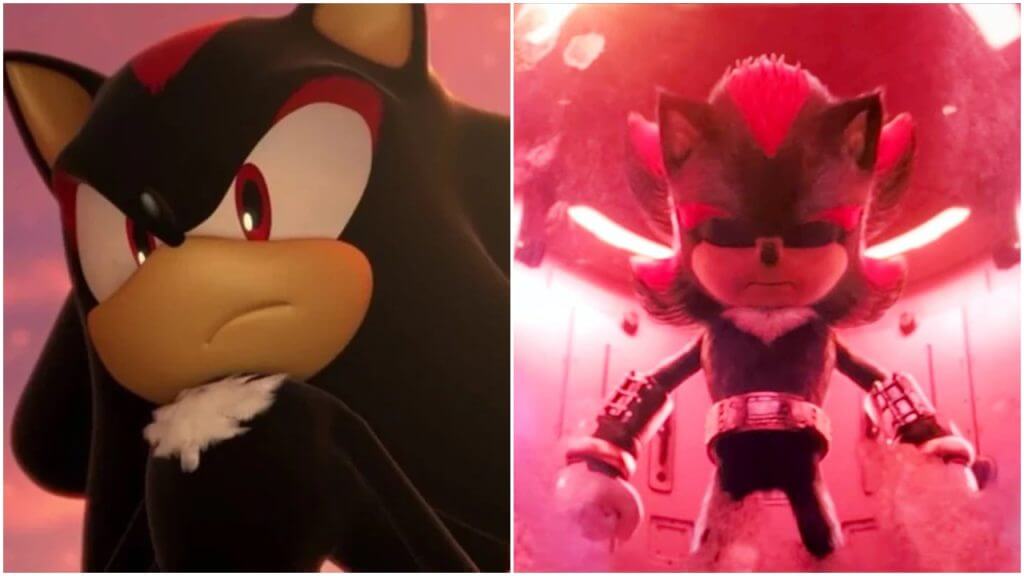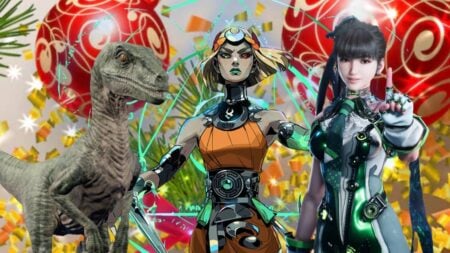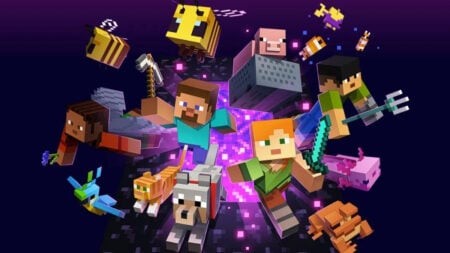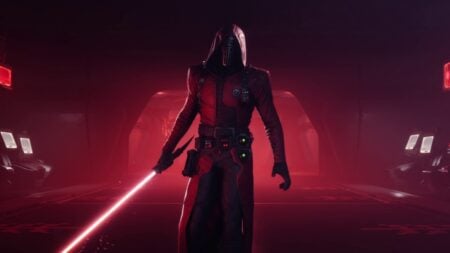Skip To...
It is no question that Shadow the Hedgehog is one of the most popular characters in the entire Sonic series, just as much if not more so than the Blue Blur himself. It is easy to see why: his design, his backstory, his abilities, and even his personality are all things that play in role in making Shadow so likable today, even after almost 21 years (yes we’re old). But it is that latter aspect, his personality, that is perhaps the most divisive attribute of his character that fans discuss today, and with the Sonic the Hedgehog 2 post-credits scene confirming his inclusion in the third movie, said film’s success hinges strongly on whether or not it does him justice.
Let’s look at why that is.
The History of Shadow the Hedgehog

As previously mentioned, Shadow the Hedgehog first made his debut in Sonic Adventure 2, released almost 21 years ago for the Sega Dreamcast, Gamecube, and PlayStation 3. The game itself was a resounding success, of course, still considered one of the best 3D Sonic games to this day, and much of that success could likely be attributed to Shadow himself.
Being a brand new character that easily fits into the role of Sonic’s “rival,” both in appearance and abilities, Shadow had all the makings of a good character right off the bat. He was cool, powerful, and fun to play as in his own story, and it was this story that gave a good glimpse into the kind of person he was as well.
The game did not just present him as Sonic’s rival and nothing more: it provided him with his own story and character arc that gave the players a deep glimpse into the kind of person he was and why he did the things he did. It worked quite well for what it was, so well that even after Sonic Adventure 2, SEGA decided to bring Shadow back.

Most people know by now that Shadow’s sacrifice at the end of Sonic Adventure 2 was originally intended to be the last we saw of the character, but he was so popular that SEGA couldn’t not bring him back. They did exactly that by giving him his own standalone game in 2005, Shadow the Hedgehog, and this is where things started to get… interesting. Not necessarily in a good way.
We have previously discussed how Sonic Adventure 2 not only focused on establishing a new rival for Sonic but also as his own person with his own story and character arc. While the rivalry between him and Sonic was most likely the cause of his raging popularity at first, the developers still put clear time and effort into his backstory to make him interesting. When taking a deeper look at his actions and motivation throughout the game, it is easy to see and appreciate how they did so.
Project Shadow

To give a brief summary of Shadow’s backstory, he created “the Ultimate Lifeform,” intended for the purpose of helping humanity achieve immortality. About 50 years prior to the events of Sonic Adventure 2, Professor Gerald Robotnik – the grandfather of Dr. Eggman, the main villain of the Sonic the Hedgehog series – was asked by the U.S. government to work on a project known as “Project Shadow.”
Very on the nose, yes, but the game explains this was because the purpose of the project was to create a being that didn’t exist, i.e. an immortal being who could help humanity achieve immortality as well. By studying this “ultimate lifeform,” humanity could achieve a great medical breakthrough, such as curing previously incurable diseases and, of course, providing the gateway toward immortality.
At first, Gerald refused, believing the government just intended to use his research to create weapons (unsurprisingly, he was right). However, he was convinced when his granddaughter and cousin of Dr. Eggman, Maria Robotnik, was diagnosed with an incurable disease herself: Neuro-Immuno Deficiency Syndrome, or NIDS. While the game never directly explains what this disease is, it is likely similar to the real-life acquired immuno-deficiency syndrome, or AIDS, based on the name, meaning it most likely affected Maria’s immune system and made her susceptible to other diseases in the process.

Regardless, Gerald’s love for his granddaughter convived him to go along with the project, and they started by researching the Chaos Emeralds, specifically how to apply their infinite energy to living tissue. This soon leads to the creation of the Chaos Drives and subsequently, the BioLizard, the “prototype to the Ultimate Lifeform.” The BioLizard, however, was very unstable, too weak to even walk, and needed to be connected constantly to a massive Chaos Energy engine.
It was soon deemed too unstable and a failure, but Gerald took what he learned from the experiments (as well as getting some help from a certain extraterrestrial overlord) to perfect the design of the Ultimate Lifeform and create a near-perfect specimen: Shadow the Hedgehog.
That wasn’t really brief, but explaining Shadow’s backstory is necessary for fully grasping the intent of his character. After his creation, Shadow developed a bond with Maria, and they lived on the Space Colony ARK (a giant space colony and research facility that orbited Earth). It was this bond that came to be very, very important to Shadow, and the two friends frequently talked about their dream to finally go to Earth.

However, all did not end well, and soon the project was deemed too dangerous to continue, and GUN proceeded to shut it down and evacuate (or kill) everyone involved – except Gerald. They wanted him to complete the project under much tighter security restrictions and sent it back to Earth, retrieved and sealed away Shadow, and shut down the ARK completely… killing Maria in the process. Whether they killed her on purpose or accidentally is still not clear, but that does not change the fact that they did, and this would soon have an effect on Shadow’s story going forward.
As one could probably guess, the death of his granddaughter was devastating for Gerald, so much so that he essentially lost his mind and endeavored to use Project Shadow for the one thing he never intended to use for: destruction. He went so far as to somehow reprogram the arc into a weapon dubbed the Eclipse Cannon, capable of annihilating an entire planet when powered by the Chaos Emeralds. He even tampered with Shadow’s memories to essentially program him to carry out the plan to activate the arc in the name of Maria’s death. This is what makes Shadow a “villain” in Sonic Adventure 2, and will likely be how they approach him in the third movie.
Shadow the Hedgehog in Sonic Movie 3
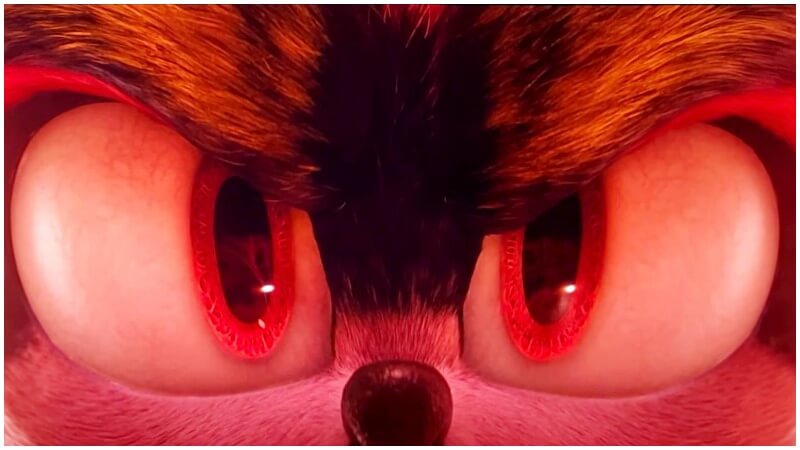
The subject matter for Shadow’s backstory is obviously much darker and more mature than what the Sonic movies have presented so far, overall at least, but that is simply the nature of the kind of character Shadow is. He is a dark character with a dark past, but it is important to remember that darkness and anger are not all the things that make Shadow the character he is.
Sonic movie writer Pat Casey has stated in an interview that Shadow will be unlike any other foe Sonic has faced thus far because he will be so deeply driven by anger and revenge that he will not be moved by words of friendship or compassion. This is the case for Shadow in Sonic Adventure 2, but it is important to remember the growth that Shadow did go through in the game, and how SEGA has seemed to mostly neglect it.
The typical portrayal of Shadow the Hedgehog nowadays is that of an “edgelord,” a character that is often so calm, collected, cool, and especially arrogant that it often comes off as comical, even if it is not intended to be. While Shadow definitely has these traits, this portrayal of him is only limited to his more recent appearances in the games and other media.

When he was first introduced, he was indeed portrayed as motivated by anger, revenge, hatred, and selfishness, though this could of course be explained by his anger at humanity for Maria. It should be noted that the way Gerald tampered with Shadow’s mind is by directly altering his memories so that instead of hearing what Maria told him before she died (give humanity a chance to be happy), he believed she told him opposite: to destroy humanity without mercy.
This memory tampering, combined with his already existing rage, is what made him so dangerous and ruthless, but that does not mean he is without moments where he breaks this facade and shows how compassionate he truly is. And as everyone knows, by the end of the game, he remembers what Maria truly said, drops the facade completely, and sacrifices himself to save the world from the Eclipse Cannon.
This is likely exactly what is going to happen in the movie, but the point of explaining all of this is to bring attention to the fact that this growth Shadow goes through has been mostly forgotten about or retconned as his character was changed. The reason there were so many people excited by the portrayal of Knuckles in the trailer is that, for many years now, he has been portrayed as the “dumb” one among Sonic’s friends, a far cry from his much more serious portrayal in previous games.
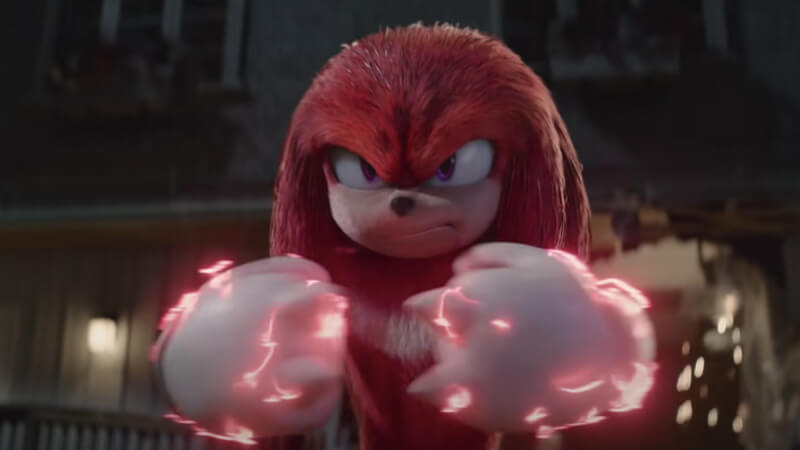
In a similar vein, Shadow has gone from the hero we see at the end of Sonic Adventure 2 into a brooding, selfish, self-entitled, and frankly conceited “edgelord” who only cares about himself and proving he is better than other people. As a result, many fans today just see this as the way Shadow has always been, but that is a far cry from the truth.
It is most likely the 2005 Shadow the Hedgehog game that is responsible for this, but that does not mean there is no hope for the character. Just like Knuckles, the writers have a chance with Shadow in the Sonic movies to offer a fresh take on the character and portray him not as a belittling, standard rival for Sonic, but as someone who is trying to discover who he truly is and whose motivations blur the line between good and evil. Whether this will happen or not remains to be seen, but the opportunity is there, and it is only up to the Sonic movie writers to take Shadow and make him great again.

